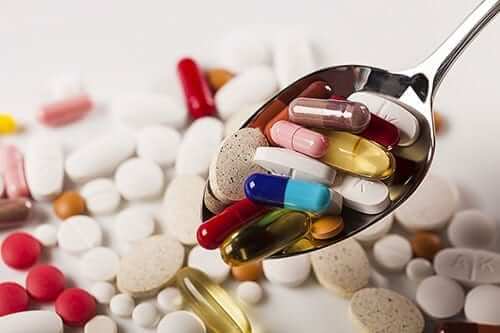It is important for you to keep up to date and constantly acquire knowledge about your diabetes and related information in the diabetes world. According to recent research, the condition of diabetes will require the most expensive treatment because it is a life long disease which targets multiple body systems; this statement will hold true through 2015.
An American Diabetes Association study recently done concluded “diabetes cost the nation $245 billion in 2012 – including direct medical expenses and the cost of reduced productivity.” The expense of treatment for diabetes has increased by 24% due to the ever growing number of documented cases – both type 1 and 2. An added factor for the expense of treatment is due to the large amount of presently available and future medicines. I would like to update you with new information which can relate directly to your diabetes control. Always remember, lifestyle modification (healthy food and exercise) is a primary way to reduce glucose levels in type 2 diabetes.
Liptruzet
A combination of Lipitor (a cholesterol lowering agent now off patent and called atorvastatin) and Zetia (ezetimibe). It is available in 10, 20, 40 and 80mg tablets. It is taken once a day with the evening meal or at bedtime. Liptruzet is used to lower LDL (bad cholesterol) values when simple statins do not lower the number enough. Do not eat grapefruit products (juice or fruit) when taking this product. Side effects may include elevations of liver enzymes or muscle/joint pain; always alert your physician to any new symptoms. Vytorin, another combination pill to treat LDL cholesterol (simvastatin and Zetia) has been approved since 2002.
Invokana (canagliflozin)
Is the first FDA approved SGLT-2 inhibitor. There are many others already on track to be FDA approved which work the same way. It can reduce glucose levels as well as your A1C when used along with exercise and improved eating habits. It works by reducing kidney glucose reabsorption and increases glucose excretion thru the urine. It is only used in type 2 diabetes. Side effects may include low blood pressure, high potassium, and hypoglycemia if added to an insulin regimen. Other possible side effects may include increased urinary tract infections, increased urination, genital mycoyic infections, nausea and constipation. The starting dose is 100mg once daily and can be increased to 300mg once daily taken before the first meal of the day.
Nesina (alogliptin)
Is the newest DPP4-inhibitor which was FDA approved in January 2013. Other DPP-4 inhibitors include Onglyza, Januvia and Tradjenta. It protects GLP-1 (a hormone) from breaking down which regulates and lowers blood glucose and A1C levels. It may decrease your appetite and help you lose a small amount of weight (not as much as injectable GLP-1). It is taken once daily with or without food and comes in three strengths-6.25mg, 12.5mg and 25 mg. Side effects may include respiratory tract infections, headache, back pain and possible pancreatitis. It is also used in conjunction with a good eating plan and exercise and only in type 2 diabetes.
Vascepa (icosapent ethyl)
Is the first FDA approved EPA only (no DHA) Omega 3 treatment for high triglycerides above 500mg/dl. It may increase bleeding time, cause joint pain or an allergic reaction if you have an allergy to fish or seafood. The dosage is 4 grams (1000mg each) per day given in 2 capsules twice a day with food.
New treatments are constantly being approved for diabetes and diabetes related problems. Remember to focus on lifestyle modification as much as you can. Ask questions and find out from your medical health provider what may work best for you!
NOTE: Consult your Doctor first to make sure my recommendations fit your special health needs.







Leave A Comment